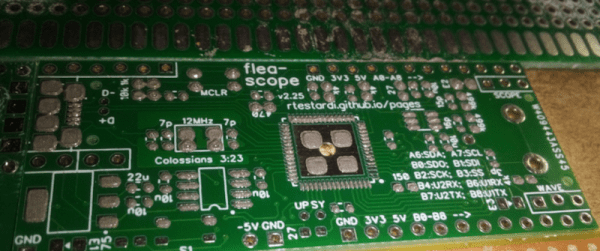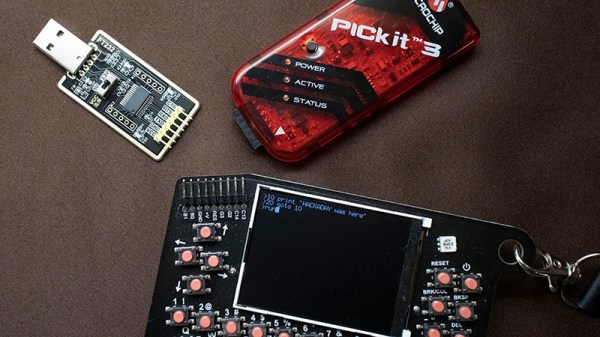Normally you can’t read out the One Time Programming (OTP) memory in Microchip’s PIC MCUs that have code protection enabled, but an exploit has been found that gets around the copy protection in a range of PIC12, PIC14 and PIC16 MCUs.
This exploit is called PIC Burnout, and was developed by [Prehistoricman], with the cautious note that although this process is non-invasive, it does damage the memory contents. This means that you likely will only get one shot at dumping the OTP data before the memory is ‘burned out’.
The copy protection normally returns scrambled OTP data, with an example of PIC Burnout provided for the PIC16LC63A. After entering programming mode by setting the ICSP CLK pin high, excessively high programming voltage and duration is used repeatedly while checking that an area that normally reads as zero now reads back proper data. After this the OTP should be read out repeatedly to ensure that the scrambling has been circumvented.
The trick appears to be that while there’s over-voltage and similar protections on much of the Flash, this approach can still be used to affect the entire flash bit column. Suffice it to say that this method isn’t very kind to the Flash memory cells and can take hours to get a good dump. Even after this you need to know the exact scrambling method used, which is fortunately often documented by Microchip datasheets.
Thanks to [DjBiohazard] for the tip.






 sophistication with style.
sophistication with style.











